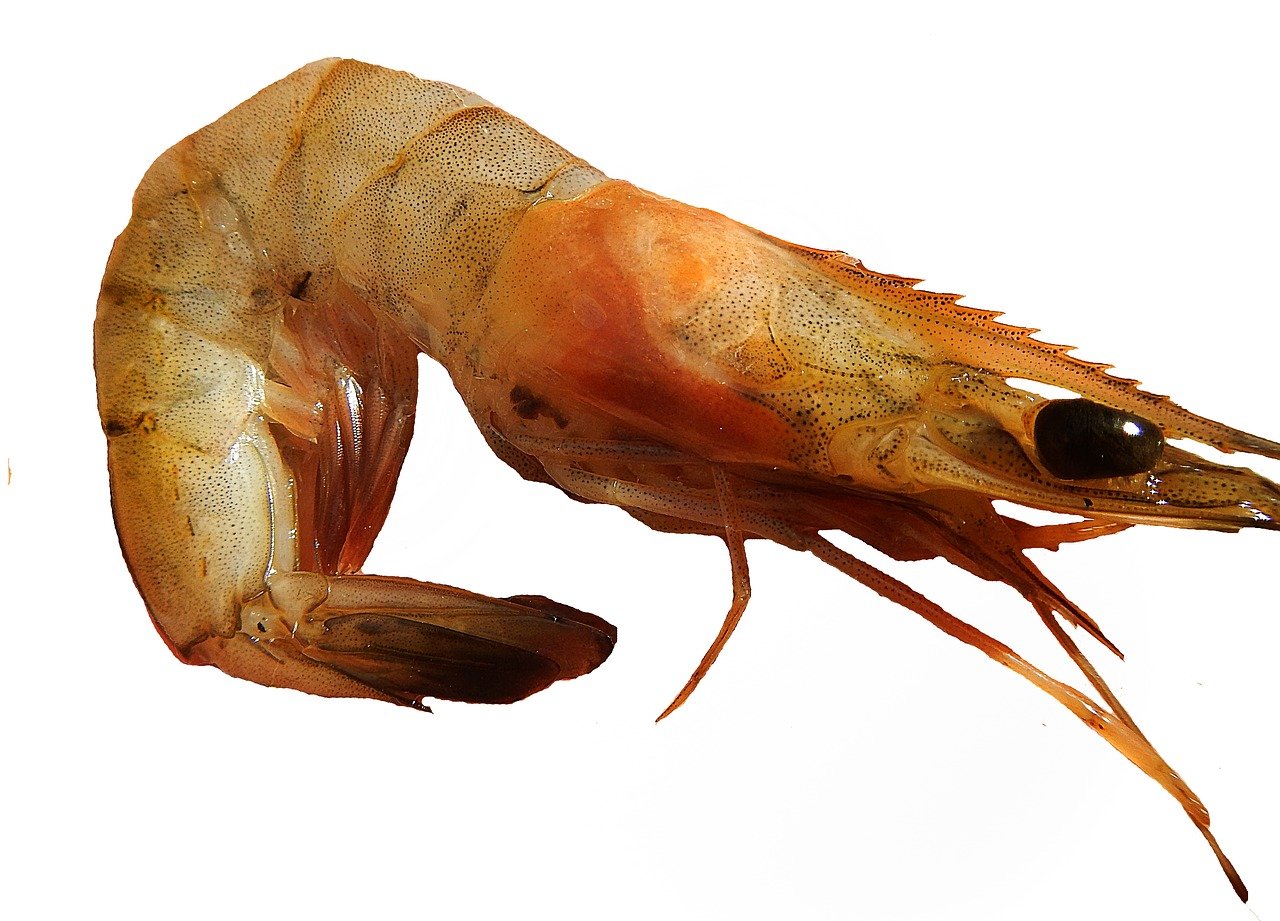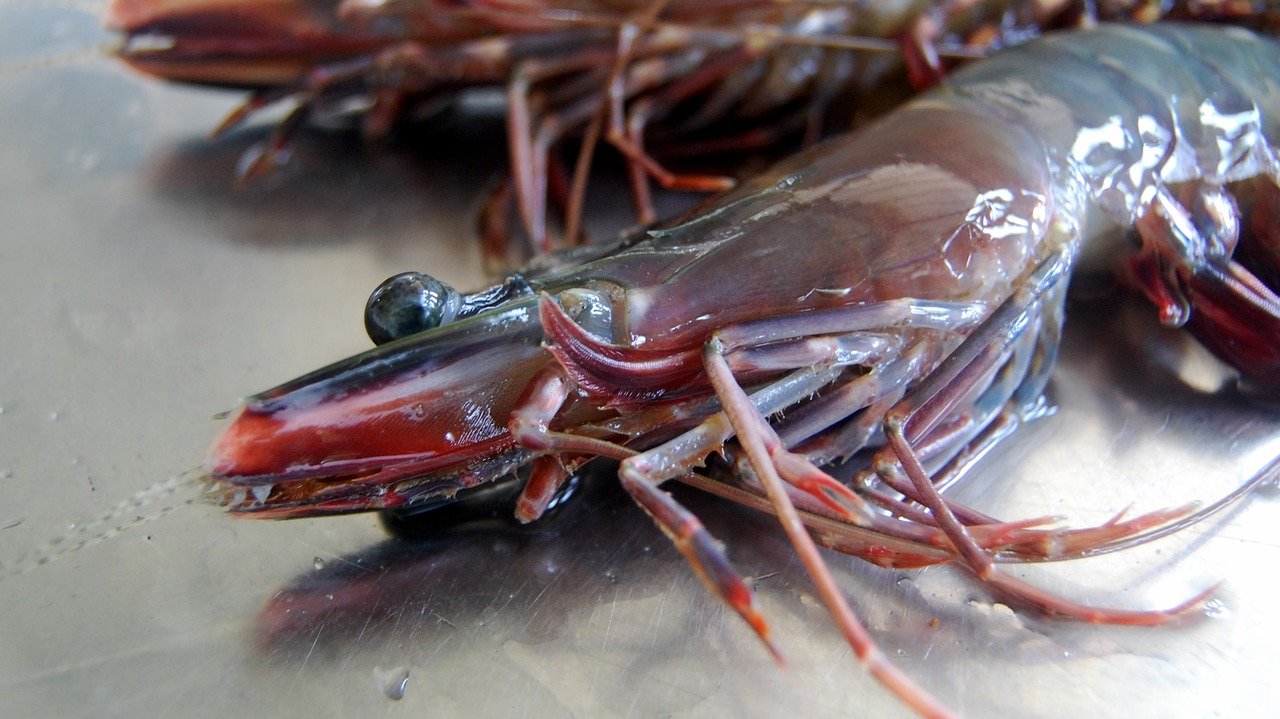Can You Differentiate Shrimps From Prawns?
3 comments
I have always wanted to know the difference between shrimp and prawns because the two are always used interchangeably in grocery stores and restaurants, making it difficult to identify which is which. If you are just like me, confused about both, then relax because after studying them, I have been able to get the right answer to differentiate them.
Both shrimps and prawns are crustaceans but they are not of the same suborder with shrimps being a part of the suborder Pleocyemata, while prawns are of the suborder Dendrobranchiata.

Prawns are larger, with longer bodies and bran, longer legs and claws, tougher shells making it difficult to bend, and branching gills. The abdominal body of a prawn overlaps with one another in a stacked pattern. Talking about their habitat, prawns are found in freshwater like lakes and rivers.
Shrimps on the other hand, have lamellar which is a plate-like structure, they have smaller, less tough shells making them easy to bend coupled with the fact that they have a distinct bend or curve on their body and in their abdomen, overlapping plates. While looking at the segments of a shrimp, the second segment overlaps both the first and the third segments. They are commonly found in saltwater such as estuaries, bays, and oceans,

When it comes to the claws of shrimps, they possess larger front pincers in their first pair of legs compared to prawns which have larger front pincers in three pairs of legs. Remember I discussed where these two crustaceans live in the previous paragraphs, I need to clarify that it is not a one-way hit road. While they dominate their habitats, some shrimps can be found in freshwater water while some prawns can be found in saltwater.
When it comes to taste, it is very difficult to tell the difference between the two as they both have the sweet mild brinny taste familiar with seafoods. Unless one is a seasoned chef or food expert, differentiating between the types by taste can be tricky. Nutritionally, try are both sources of protein, vitamin B12, Omega-3, Iodine, and have low fat. They are both high in cholesterol although, research shows that dietary cholesterol doesn't have much impact on the health of the heart, contrary to previous beliefs.
Although, people still call the two interchangeably depending on regions but they are not the same. This said, when next you see the two, you should be able to identify them as two different seafood that are just most time confused for one another.
You Can Read More Here
https://www.fao.org/4/AC741T/AC741T01.htm
https://www.sciencedirect.com/topics/biochemistry-genetics-and-molecular-biology/shrimp
https://www.fao.org/4/ac765t/AC765T02.htm
https://www.fao.org/4/x3478e/x3478e05.pdf




Comments